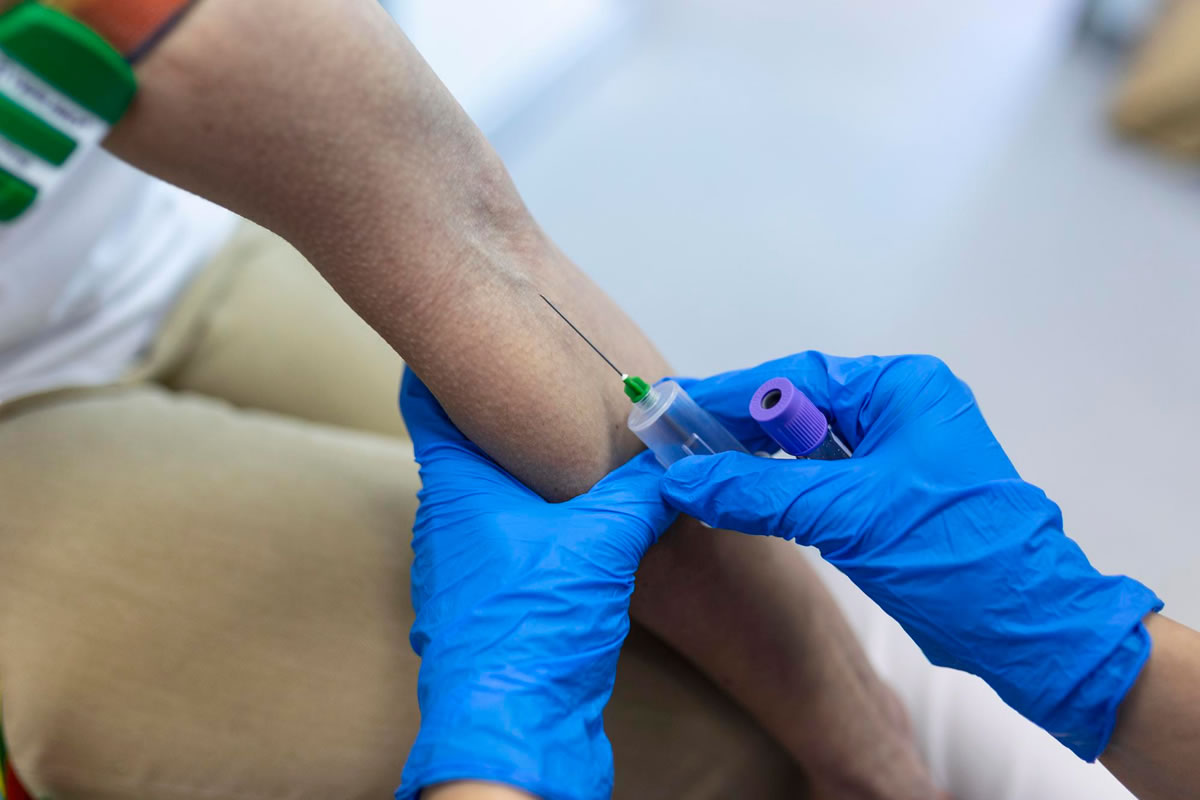Seven Ways to Make Patients Comfortable During Blood Draws

For many patients, blood draws are a standard part of medical care, so ensuring the process is as comfortable as possible is essential. Although enhancing the experience is valuable to everyone, these efforts can be life-saving for individuals with needle phobias.
About ten percent of the world struggles with a dread of needles, which can cause them to skip necessary blood tests and therapy injections, putting their health at risk. To confirm that all your patients are guarded against excessive discomfort, check out these tips from our experts on diagnostic dermatopathology in Pittsburgh, PA, to enhance their experience during a blood draw.
1. Be aware of the patient's body language
When you and the patient make contact, be very attentive to their response to specify the status of their anticipatory distress. Body language, eye shifting, and voice tone offer clues about how patients respond to blood draws. Approaching uneasy patients with confidence can assist in alleviating their worries.
2. Communicate with the patient
Every patient is different, so what relaxes one patient during blood draws may generate anxiety in another. Rather than trying to guess the best way to approach the process, ask the patient what might make the process more comfortable for them. Open communication can make people feel more relaxed and establish more trust in you.
3. Don't rush
Establishing trust is critical to thwarting a patient's distress, so try not to rush through their blood draw. Instead, give the individual time to notify you of any worries they might have and reassure them that you won't insert the syringe until they've provided consent.
This might take longer for people with extreme phobias, but it's better than the alternative of traumatizing them with restraints or jeopardizing the cancellation of critical blood tests.
4. Keep distractions available
For some people, having something to preoccupy them with the procedure can make blood draws more tolerable. Talk with patients during their blood draws to comfort them. When they're not 100 percent concentrated on the needle, their fear goes down, and so does their pain.
5. Encourage them to breathe through the process
Deep breaths can help relieve some of the discomfort generated by blood draws. To diminish the pain, have the patients take a deep breath in as you insert the needle and then breathe out slowly. The pain subsides more quickly if your body is relaxed.
6. Urge hydration
Dehydration makes it more challenging to locate a suitable vein for blood draws. Confirming the donors are well-hydrated before a donation minimizes the risk of a response like lightheadedness or fainting. Consider offering them snacks if they haven't eaten and encourage them to ingest more water.
7. Allow the patient to get warm
If your patient has just come from outside in winter or your office stays cold, allow your patient to warm up before trying a blood draw. You can do this by permitting the patient to sit in the waiting room for a moment or promoting brief physical activity. You can use a warm water bottle or heat pack on the site first. Heat causes veins to dilate and expand, increasing the chances that you'll discover success on the first needle insertion.
We hope this information helps you give better blood draws. Contact us today if you need diagnostic dermatopathology in Pittsburgh, PA.
Contact
Location
440 William Pitt Way
Pittsburgh, PA 15238
OFFICE HOURS
Monday-Friday: 8am-5pm
Saturday & Sunday: Closed
PHONE & FAX
(800) 786-3054 - Toll Free
(412) 968-9266 - Local
(412) 968-5673 - Fax
